Milling cutters are specialised tools employed in milling machines or machining stations to carry out milling operations. Whether its a ball nose mill, or a form tool such as a hobbing cutter, these instruments eliminate material depending on how they are used in the machine or from their unique shape.
Deciding which cutter to use is a significant undertaking due to the array of variables that must be taken into account. For instance, the kind of milling machine available, the material that requires milling, the number of cutting ends required, and the desired results of the finish.
A variety of milling cutters exist, but side milling cutters take the lead in terms of prevalence. Offering a wide selection of sizes and shapes to fit an assortment of milling machines and materials – these cutters remain the foremost choice.
When selecting a side milling cutter, a few facets must be taken into account, such as:
The cutter needs to be befitting to the milling machine’s spindle in order to properly function.
– The cutter must possess the ability to mill any type of material without inflicting any harm upon it.
– If the desired result calls for a smooth finish, then adding additional flutes to the setup is a wise decision to make; however, it should be noted that doing so will likely require an increased output of energy.
Using fewer flutes can yield a rougher texture for the finished product.
The cutter that is used must be of precisely the right dimensions to fit both the milling machine spindle and the material being milled.
When deciding on a side milling cutting tool, it is essential to pick one that is suitable for the precise size, shape, and milling machine as well as the material being utilized. A faulty selection could produce inadequate work or even inflict harm to either the milling machine or material.
Related Product
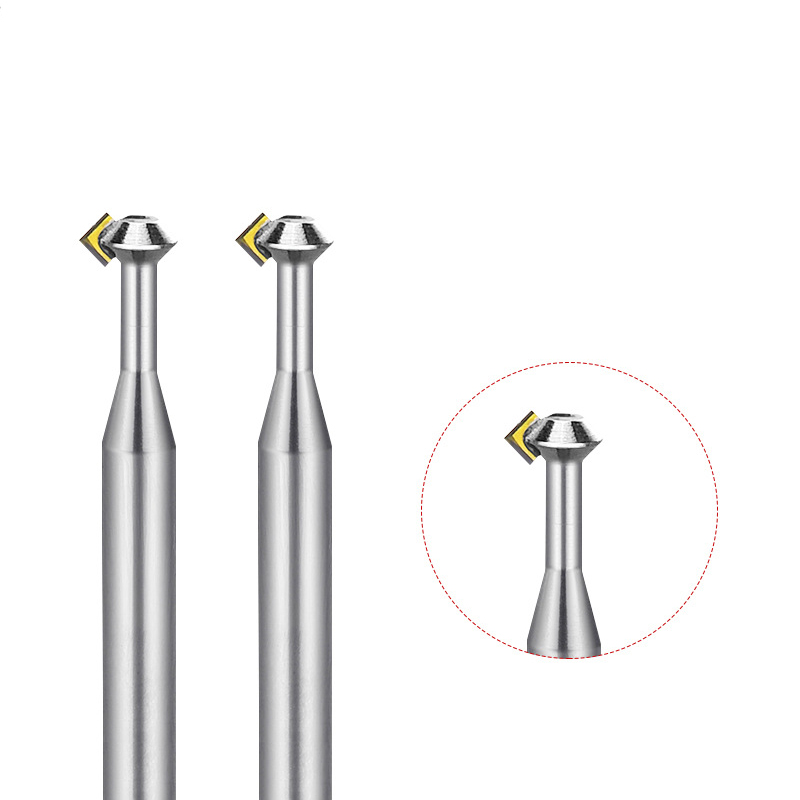
MCD High Gloss Chamfer Cutter For Gold
Product Information Origin Tianjing, China Type Flat Milling Cutter Brand Msk Whether To Coat Uncoated Series Cutter Milling Cutter Processing Range Clocks And Watches, Copp […]
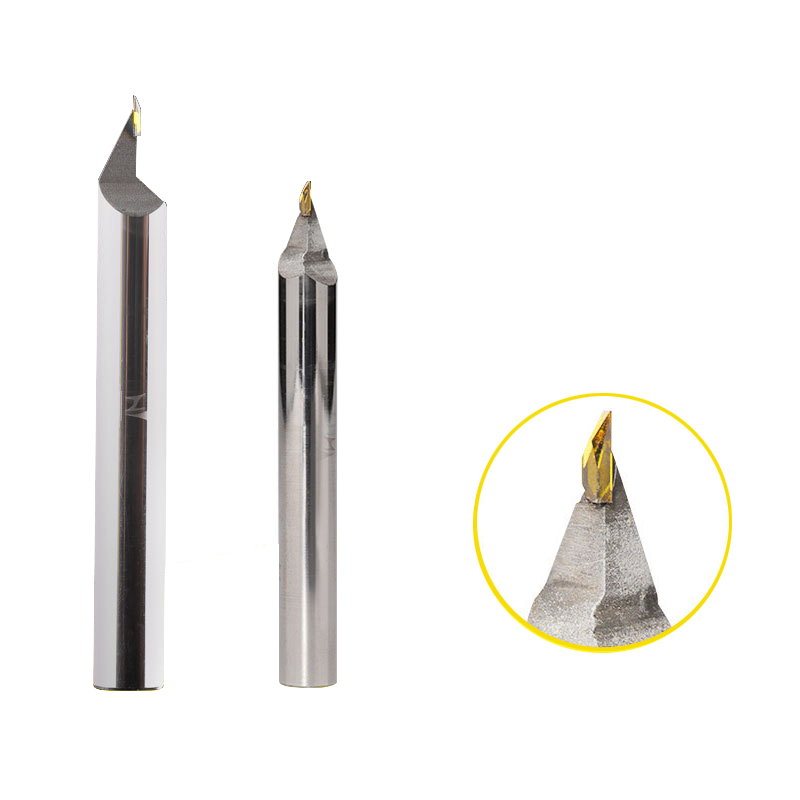
CVD/PVD/MCD Gold Jewelry Diamond Engraving Cutter
Parameter Product Name Single Crystal Diamond Carving Cutter Rotating Speed 10000-30000r/min Tool Nose Width 0.1-6.0mm Feed 1500-5000mm/min Blade Material Single Crystal Dia […]
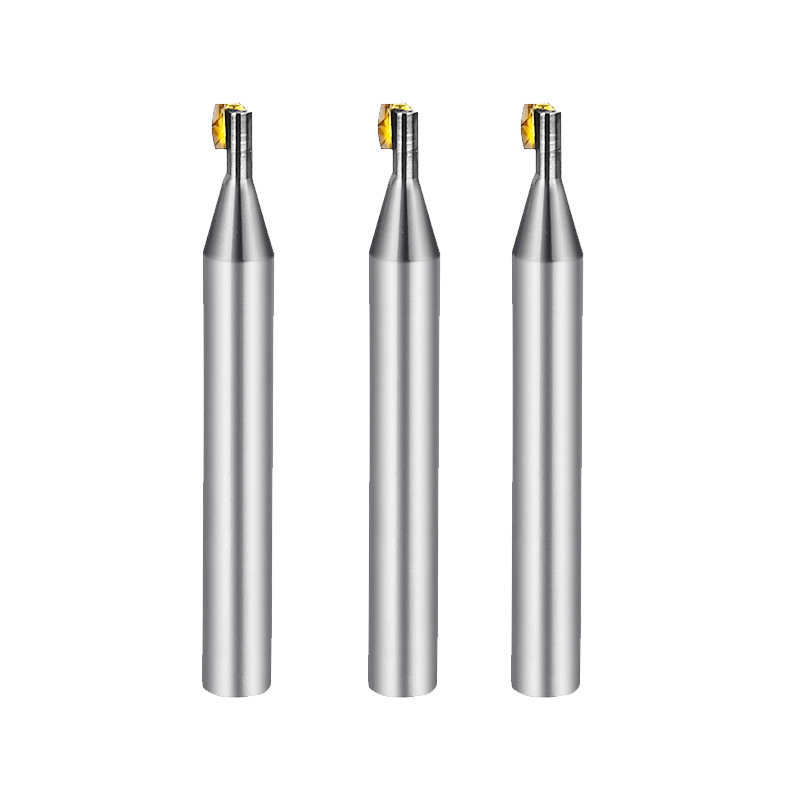
Diamond Turning Tools Outer Jewelry R Cutter
Product Information Origin Tianjing, China Material Tungsten Steel Brand Msk Type Half Round Key Milling Cutter Product Name Single Crystal Diamond Side Edge Arc Milling Cut […]
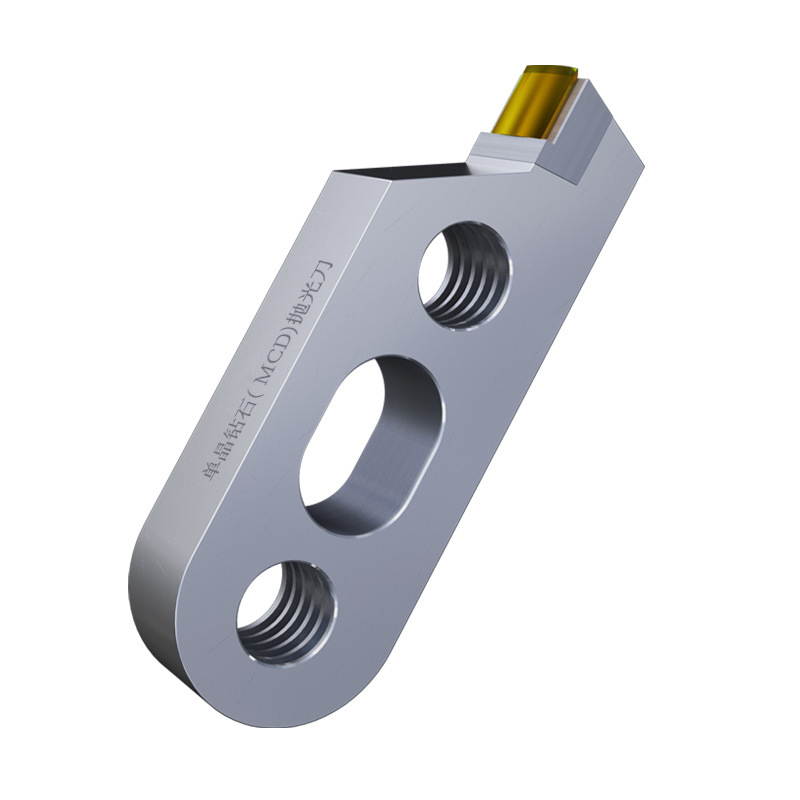
Single Crystal Diamond Polishing Cutter
Origin Tianjing, China Shank Diameter 6 (mm) Brand MSK Blade Change Method The Diamond Is Welded To The Cutter Body As A Whole Material Single Crystal Diamond (MCD) Scope Of […]
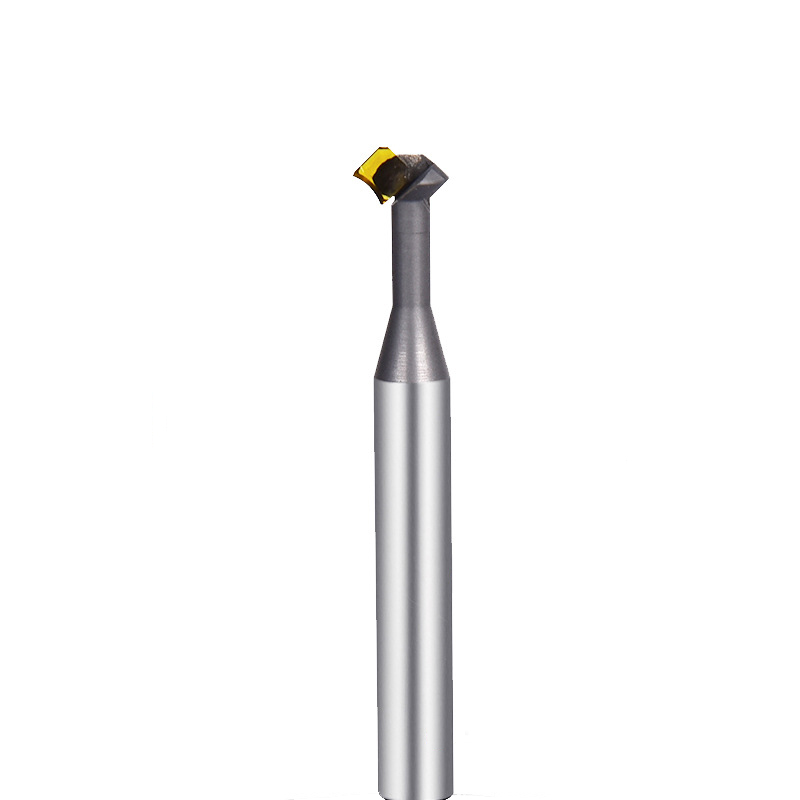
MCD Turning Tool Mirrow Finish R Cutter
Product Information Product Name Single Crystal Diamond Lower Chamfering Inner R Cutter Brand MSK Handle Material Tungsten Steel Blade Material Customized Pcd, Single Crysta […]
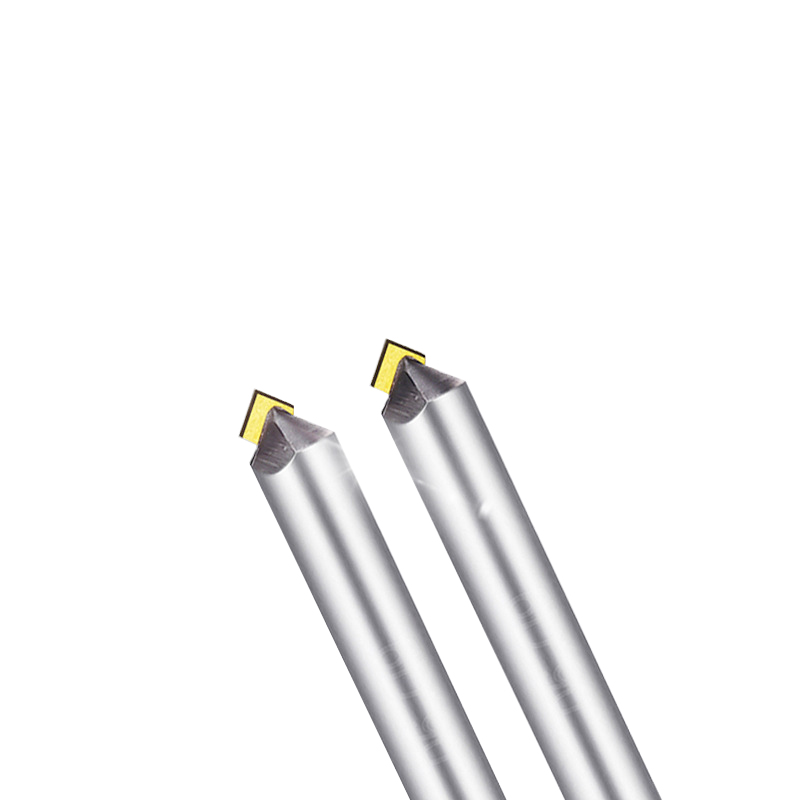
Lathe Bits MCD High Gloss Chamfer Tool
Product Information Origin Tianjing, China Cutting Edge Form Straight Edge Brand MSK Material Single Crystal Diamond Chamfer Angle 30°-180° Type Angle Milling Cutter Minimum […]
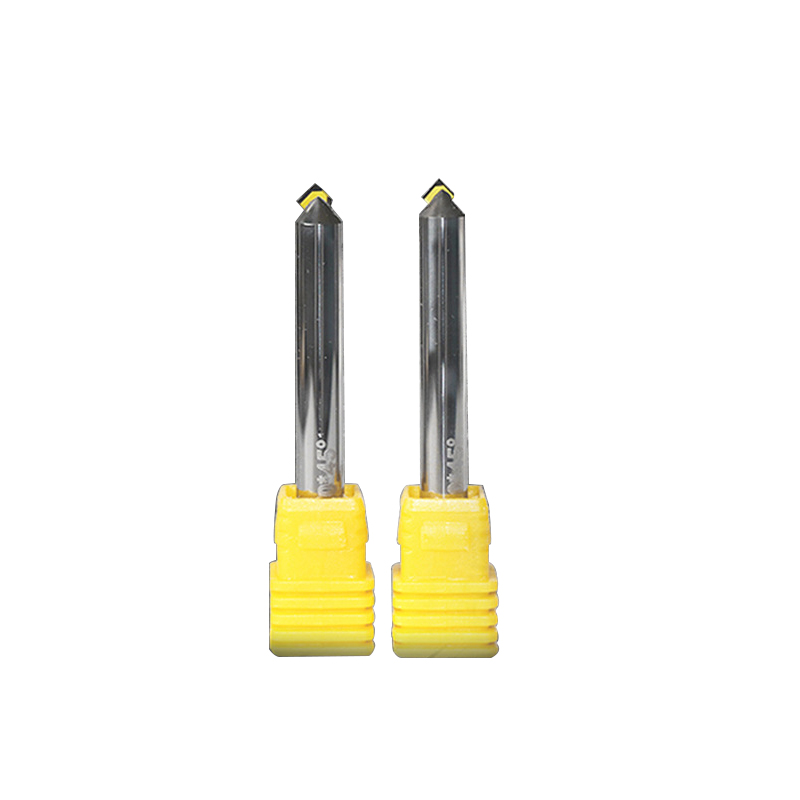
MCD Polishing Cutter for Gold Silver
Product Information Origin Tianjing, China Whether To Coat Uncoated Brand MSK Unit Weight 0.3kg Tool material Tungsten steel bar imported from Germany Product Size Shank Dia […]
Post time: 2023-06-29




